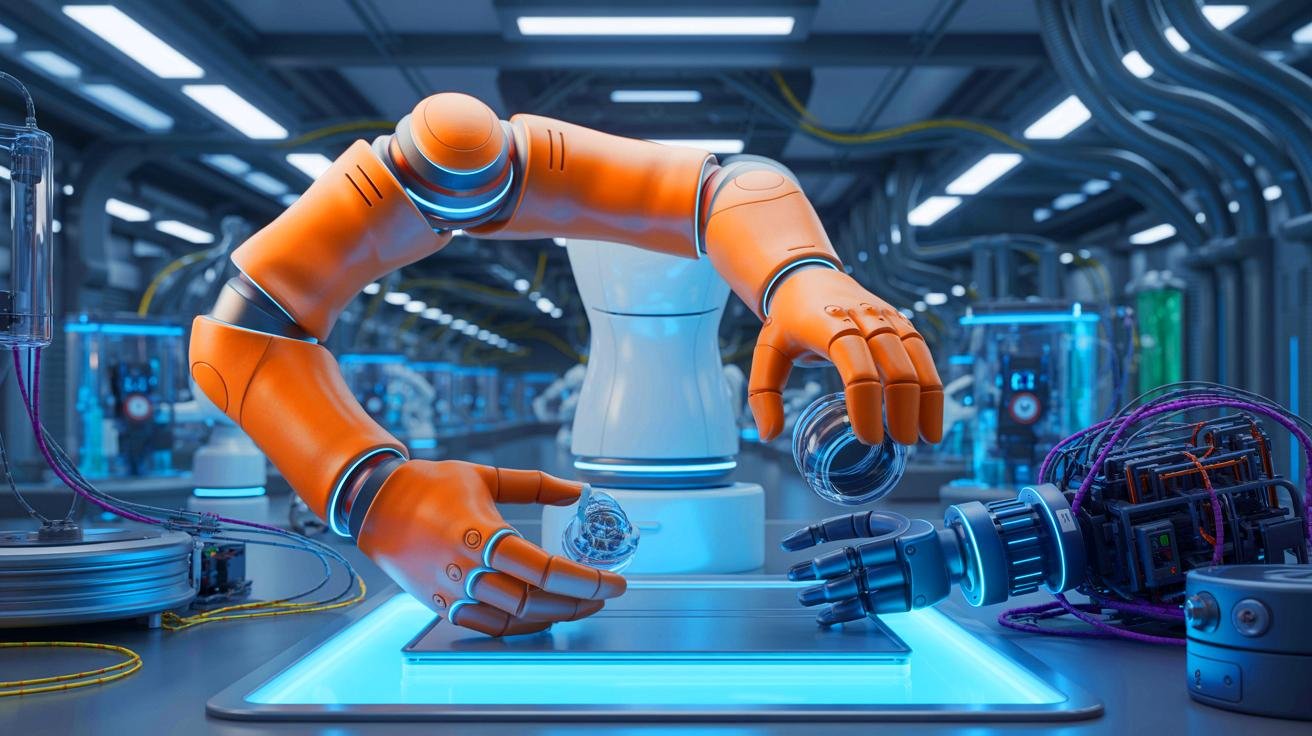Researchers have successfully used artificial intelligence (AI) to predict which patients need treatment to stabilize their corneas and preserve their eyesight, in a study presented today (Sunday) at the 43rd Congress of the European Society of Cataract and Refractive Surgeons (ESCRS).
The research focused on people with keratoconus, a visual impairment that generally develops in teenagers and young adults and tends to worsen into adulthood. It affects up to 1 in 350 people. In some cases, the condition can be managed with contact lenses, but in others it deteriorates quickly and if it is not treated, patients may need a corneal transplant. Currently the only way to tell who needs treatment is to monitor patients over time.
The researchers used AI to assess images of patients’ eyes, combined with other data, and to successfully predict which patients needed prompt treatment and which could continue with monitoring.
The study was by Dr. Shafi Balal and colleagues at Moorfields Eye Hospital NHS Foundation Trust, London, and University College London (UCL), UK. He said: “In people with keratoconus, the cornea – the eye’s front window – bulges outwards. Keratoconus causes visual impairment in young, working-age patients and it is the most common reason for corneal transplantation in the Western world.
“A single treatment called ‘cross-linking’ can halt disease progression. When performed before permanent scarring develops, cross-linking often prevents the need for corneal transplantation. However, doctors cannot currently predict which patients will progress and require treatment, and which will remain stable with monitoring alone. This means patients need frequent monitoring over many years, with cross-linking typically performed after progression has already occurred.”
The study involved a group of patients who were referred to Moorfields Eye Hospital NHS Foundation Trust for keratoconus assessment and monitoring, including scanning the front of the eye with optical coherence tomography (OCT) to examine its shape. Researchers used AI to study 36,673 OCT images of 6,684 different patients along with other patient data.
The AI algorithm could accurately predict whether a patient’s condition would deteriorate or remain stable using images and data from the first visit alone. Using AI, the researchers could sort two-thirds of patients into a low-risk group, who did not need treatment, and the other third into a high-risk group, who needed prompt cross-linking treatment. When information from a second hospital visit was included, the algorithm could successfully categorise up to 90% of patients.
Cross linking treatment uses ultraviolet light and vitamin B2 (riboflavin) drops to stiffen the cornea, and it is successful in more than 95% of cases.
Our research shows that we can use AI to predict which patients need treatment and which can continue with monitoring. This is the first study of its kind to obtain this level of accuracy in predicting the risk of keratoconus progression from a combination of scans and patient data, and it uses a large cohort of patients monitored over two years or more. Although this study is limited to using one specific OCT device, the research methods and AI algorithm used can be applied to other devices. The algorithm will now undergo further safety testing before it is deployed in the clinical setting.
Our results could mean that patients with high-risk keratoconus will be able to receive preventative treatment before their condition progresses. This will prevent vision loss and avoid the need for corneal transplant surgery with its associated complications and recovery burden. Low-risk patients will avoid unnecessary frequent monitoring, freeing up healthcare resources. The effective sorting of patients by the algorithm will allow specialists to be redirected to areas with the greatest need.”
Dr. Shafi Balal, Moorfields Eye Hospital NHS Foundation Trust
The researchers are now developing a more powerful AI algorithm, trained on millions of eye scans, that can be tailored for specific tasks, including predicting keratoconus progression, but also other tasks such as detecting eye infections and inherited eye diseases.
Dr. José Luis Güell, ESCRS Trustee and Head of the Cornea, Cataract and Refractive Surgery Department at the Instituto de Microcirugía Ocular, Barcelona, Spain, who was not involved in the research, said: “Keratoconus is a manageable condition, but knowing who to treat, and when and how to give treatment is challenging. Unfortunately, this problem can lead to delays, with many patients experiencing vision loss and requiring invasive implant or transplant surgery.
“This research suggests that we can use AI to help predict who will progress, even from their first routine consultation, meaning we could treat patients early before progression and secondary changes. Equally, we could reduce unnecessary monitoring of patients whose condition is stable. If it consistently demonstrates its effectiveness, this technology would ultimately prevent vision loss and more difficult management strategies in young, working-age patients.”























